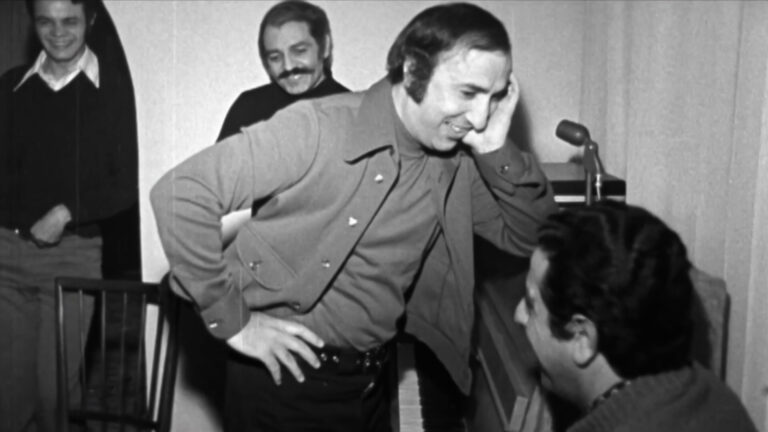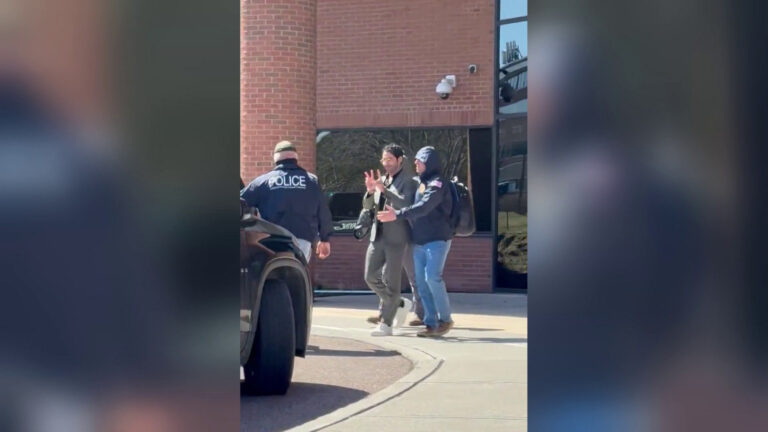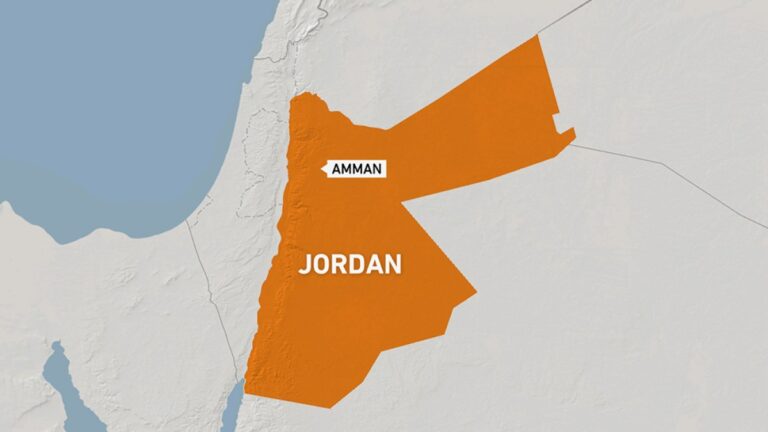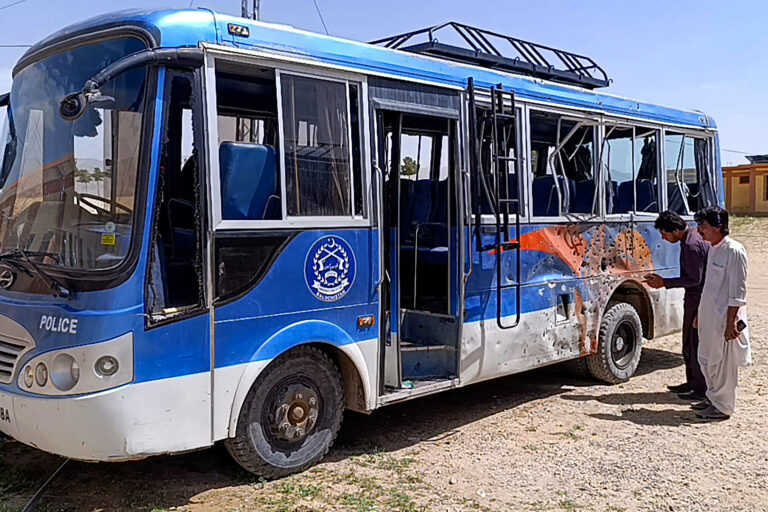
The recent protest erupted in response to Hamas’s decision to release three male Israeli captives, a move that is seen as part of a broader ceasefire agreement aimed at de-escalating tensions in the region. This development has sparked a mix of reactions among the public and political figures alike. On one hand, some individuals and groups viewed the handover as a significant step towards peace, interpreting it as a hopeful sign for future negotiations and a possible thawing of relations between the warring factions. These supporters argue that the release of hostages is a critical gesture that could pave the way for more substantial discussions and ultimately lead to a more stable and lasting resolution to the ongoing conflict.
Conversely, a notable faction expressed deep discontent regarding the handover. Critics argue that this act could diminish the urgency of addressing the broader and more complex issues that continue to fuel the violence and suffering in the region. They contend that while the return of the three captives is undoubtedly a moment of relief for their families, it should not overshadow the plight of other detainees who remain incarcerated and the myriad injustices that persist in the conflict. This perspective reflects a concern that the focus on these three individuals might divert attention from the larger humanitarian crises affecting countless others.
As demonstrators gathered to voice their opinions, the protest became a microcosm of the complex emotions surrounding the fragile ceasefire. On one side, families of the released captives celebrated their return, expressing joy and relief after a prolonged period of uncertainty and anguish. Yet, amidst the celebrations, there was a palpable sense of unease and frustration as many grappled with the unresolved issues that continue to fuel the discord between the two sides. This duality of emotions—relief for some and apprehension for others—underscores the intricate dynamics at play in this protracted conflict.
As the situation evolves, the protest highlights the delicate balance between relief and apprehension in a landscape marked by years of strife. The release of the captives, while a moment of hope for some, serves as a reminder of the ongoing struggles and the need for a comprehensive approach to peace that addresses the underlying causes of the conflict. The complexities of public sentiment are palpable, revealing that the journey towards lasting peace is fraught with challenges and that every step forward is met with both celebration and caution. The protest, therefore, stands as a testament to the multifaceted nature of the conflict, illustrating that the path to reconciliation is laden with both hope for the future and the weight of unresolved grievances from the past.
The recent protest erupted in response to Hamas’s decision to release three male Israeli captives, a move that was part of a broader ceasefire agreement aimed at de-escalating tensions in the region. While some viewed the handover as a significant step towards peace and a hopeful sign for future negotiations, others expressed discontent, arguing that it could undermine the urgency of addressing the ongoing conflict and the plight of other detainees. Demonstrators gathered to voice their opinions, reflecting the complex emotions surrounding the fragile ceasefire, as families of the captives celebrated their return while grappling with the unresolved issues that continue to fuel the discord between the two sides. As the situation evolves, the protest highlights the delicate balance between relief and apprehension in a landscape marked by years of strife.



